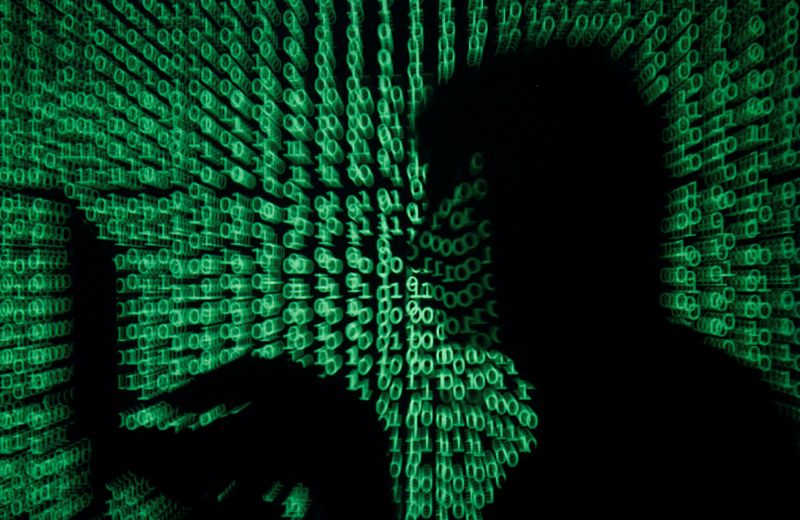How AI Is Disrupting The Business Of Physical Security
Co-founder and CEO of ZeroEyes with a decade in the U.S. Navy, including six years as a Navy SEAL.
The world of physical security is experiencing a significant transformation thanks to advancements in artificial intelligence (AI), machine learning (ML), deep learning and intelligent video analytics.
The widespread adoption and use of innovations like ChatGPT and DALL-E have demonstrated that AI technology is more than just a passing trend. It has showcased its potential in various applications that extend beyond writing content or answering questions. Businesses looking to protect their staff and visitors would be wise to understand AI-based physical security solutions.
Addressing today’s security threats requires applications that can rapidly analyze massive amounts of data that surpass human capabilities. According to IFSEC Insider, “AI-based applications enable operators to respond to potential threats faster than ever, while simultaneously reducing false alarm notifications that plagued earlier analytics models.” As such, AI physical security solutions can enable businesses to protect their customers and staff against physical threats in a much faster and more accurate manner.
In this article, I’ll examine a few examples of high-tech AI solutions that are transforming the way organizations can approach physical security before offering tips about how to implement these solutions properly.
Security Technology: From Passive To Proactive
With the addition of AI, physical security solutions are no longer passive but are actively intelligent devices that can monitor video feeds in real time. This not only can possibly reduce workforce costs but may also increase the likelihood of identifying and catching perpetrators before they commit a crime. Here are a few examples of AI-based security solutions:
Access Control And Intrusion Detection Systems
AI access control systems and intrusion detection systems can monitor various building access authentication factors, such as the location of the access attempt, time of day and user behavior, to determine the risk level associated with granting access.
This technology can analyze sensor data, such as motion detectors or…


